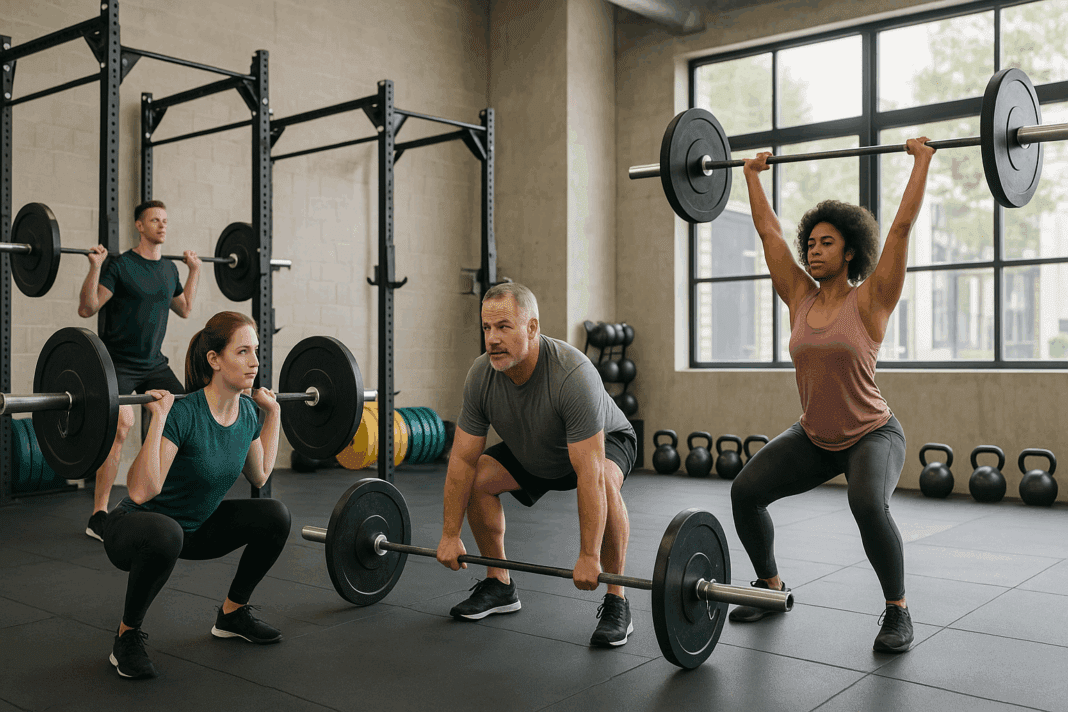Introduction: Unlocking the Power of Weight Lifting Near Me for Real Results
When it comes to transforming your physique, building functional strength, and optimizing long-term health, few methods rival the benefits of resistance training. For many people embarking on this journey, the search often starts with one simple question: how can I find effective weight lifting near me that actually delivers sustainable, visible results? This guide was created to answer that question and much more. Whether you’re new to lifting or an experienced athlete looking for a breakthrough, this comprehensive resource is designed to take you beyond the basics and into the realm of expert-level, actionable strategy. From understanding the science behind muscle hypertrophy to selecting the best local weight lifting gym, every section is rooted in credible, real-world insights to help you achieve powerful muscle gains with confidence and precision.
You may also like: The Ultimate Hypertrophy Workout Program for Building Strength and Size
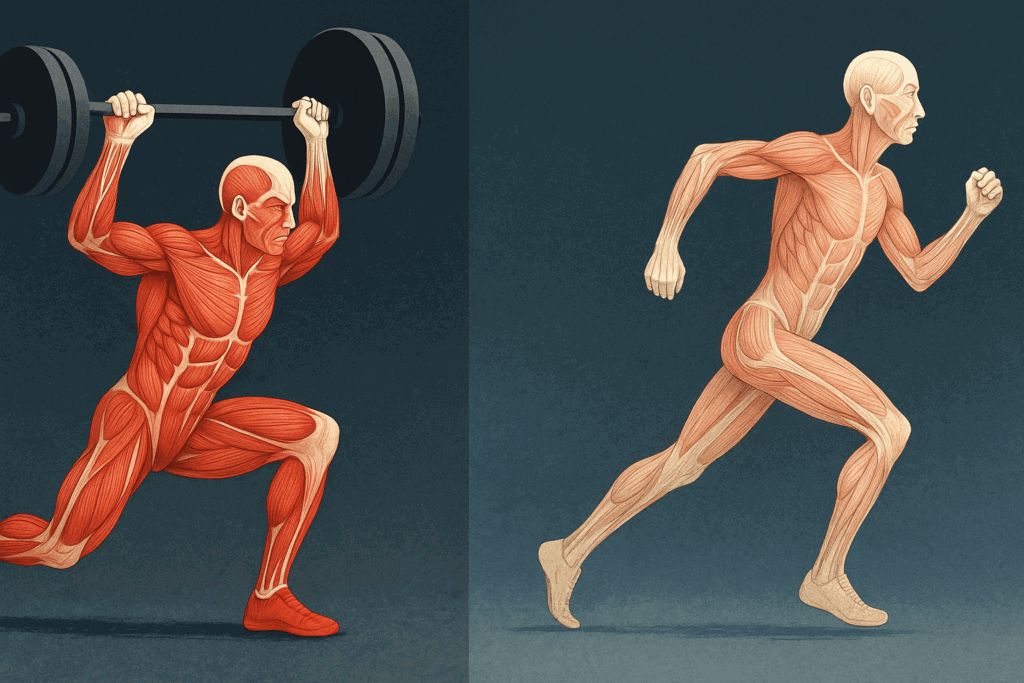
The Science of Strength: Understanding How Muscle Gains Happen
Building muscle is a physiological process deeply influenced by the principles of progressive overload, mechanical tension, metabolic stress, and muscle fiber recruitment. When you lift weights, your body responds to the imposed demands by repairing and reinforcing muscle fibers, resulting in hypertrophy—or an increase in muscle size. However, this process is not automatic; it requires careful manipulation of training variables like volume, intensity, rest periods, and movement selection.
Understanding the difference between fast-twitch and slow-twitch muscle fibers can also enhance your programming. Fast-twitch fibers are responsible for explosive strength and are more prone to hypertrophy, while slow-twitch fibers are endurance-oriented. The most effective strength and muscle-building programs target both, often through a combination of compound movements and high-rep accessory work. By consistently challenging your muscles in new ways, you force adaptation, which is at the heart of strength development.
Additionally, hormonal responses play a crucial role. Testosterone, growth hormone, and insulin-like growth factor-1 (IGF-1) are all key players in the muscle-building process. Optimizing your training to naturally stimulate these hormones—through high-intensity compound lifts, adequate rest, and nutrition—can lead to accelerated progress. These foundational principles are integral to any smart approach at a dedicated weight lifting gym.
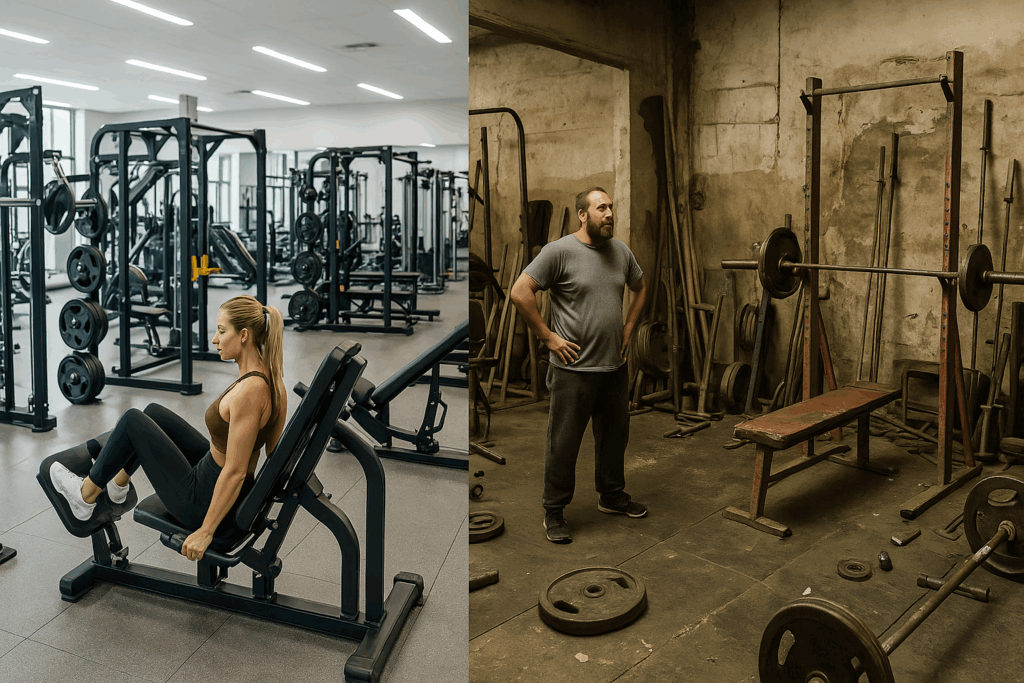
How to Find the Best Weight Lifting Near Me: What to Look For
Searching for weight lifting near me can yield dozens of options, but not all gyms are created equal. The facility you choose can make or break your progress, especially if it lacks the equipment, culture, or expertise necessary to support your goals. A high-quality weight lifting gym should offer more than just dumbbells and barbells—it should provide an environment that promotes growth, education, and community.
Begin your evaluation by checking for the right tools: power racks, Olympic lifting platforms, adjustable benches, and cable machines are all must-haves. More advanced gyms may also offer specialty equipment like trap bars, resistance bands, sleds, and kettlebells. If you’re serious about progressive overload and functional performance, variety and equipment quality matter.
Equally important is the staff. Look for gyms with certified personal trainers or strength coaches who understand biomechanics, injury prevention, and advanced programming. Many people who search weight lifting near me end up in gyms where no one corrects their form or helps them progress—leading to plateaus or worse, injuries. A gym should feel like a supportive learning environment, not just a warehouse of iron. Cleanliness, safety protocols, class offerings, and overall vibe all factor into what makes a gym the right choice for you.
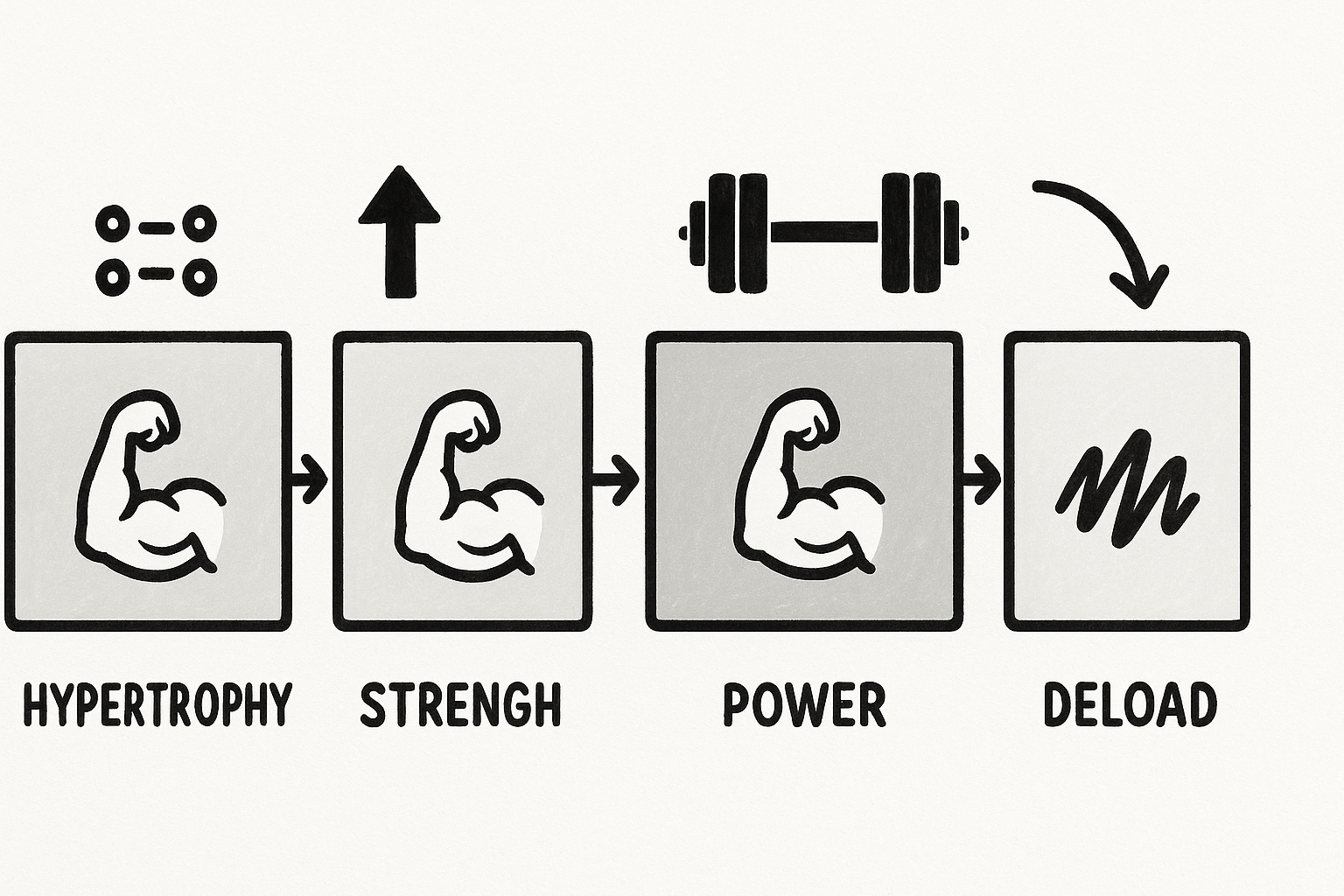
Structuring Your Program at a Weight Lifting Gym for Optimal Gains
Once you’ve chosen a gym, the next critical step is structuring your program in a way that supports your specific goals. Whether you’re lifting for size, strength, or athletic performance, your training regimen should be built on the science of periodization—breaking your year into training blocks that prioritize different attributes like hypertrophy, strength, power, and recovery.
If you’re just beginning your journey at a new weight lifting gym, start with a full-body program three days per week, focusing on major compound movements like squats, deadlifts, presses, and rows. These exercises engage multiple joints and muscle groups, providing the best return on investment. Intermediate lifters can transition to upper/lower splits or push/pull/legs to allow for greater volume and recovery between sessions.
Advanced programming might include five to six training days per week, with each day dedicated to a specific movement pattern or muscle group. Volume, intensity, tempo, and rest intervals should be adjusted based on your goals and recovery capacity. Always include a progression model—whether it’s increasing reps, weight, sets, or time under tension—to continue challenging the muscles. When your weight lifting near me search lands you at a well-structured facility, take advantage of the programming resources and guidance available to stay on track and avoid stagnation.
Why Weight Lifting Near Me is About More Than Just Proximity
The convenience of a nearby gym is certainly helpful, but the phrase weight lifting near me should imply more than just location—it should encompass accessibility to quality, motivation, and accountability. A short commute is only beneficial if the gym inspires consistent attendance and delivers an experience that aligns with your training needs.
Think about community. Does the gym offer group classes, training meetups, or in-house competitions? Is there a sense of camaraderie or just rows of silent lifters in their own bubble? Engaging with a like-minded community often boosts consistency, especially during periods of low motivation. Also, consider the gym’s hours, peak usage times, and how welcoming the staff are to new members.
Your lifting environment impacts everything from mindset to mechanics. A well-lit, clean, organized space helps reinforce discipline and safety. Conversely, a poorly maintained facility with broken equipment and no oversight can hinder your results. Your weight lifting near me selection should serve as an extension of your fitness goals—not a compromise made for convenience.
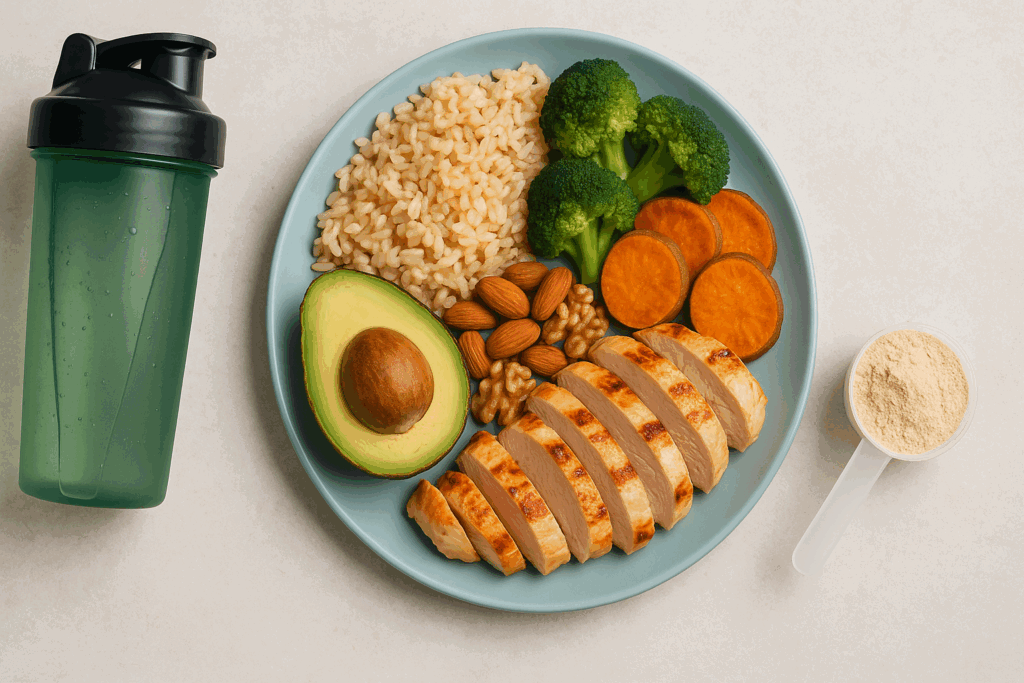
The Role of Nutrition in Accelerating Muscle Growth
If training is the spark, nutrition is the fuel. No amount of weight lifting will yield optimal results without a solid nutritional foundation. Building muscle requires a caloric surplus—eating more calories than your body burns daily—and sufficient protein to support repair and growth. Aim for 1.6 to 2.2 grams of protein per kilogram of body weight daily, focusing on high-quality sources like chicken, lean beef, Greek yogurt, eggs, tofu, and legumes.
Carbohydrates are equally vital, serving as the primary energy source for lifting sessions. Whole grains, fruits, and starchy vegetables replenish glycogen stores and help prevent early fatigue during workouts. Healthy fats from nuts, seeds, fish, and oils are necessary for hormonal function, especially testosterone production, which is crucial for muscle hypertrophy.
Meal timing matters. Consuming a protein and carb-rich meal within two hours before and after your workout can enhance performance and recovery. Supplements like whey protein, creatine monohydrate, and beta-alanine can provide a performance edge, especially when paired with a consistent program at a weight lifting gym. Don’t underestimate hydration, either—dehydration reduces strength output and impairs recovery. The best approach is holistic: train hard, eat smarter, and recover fully.
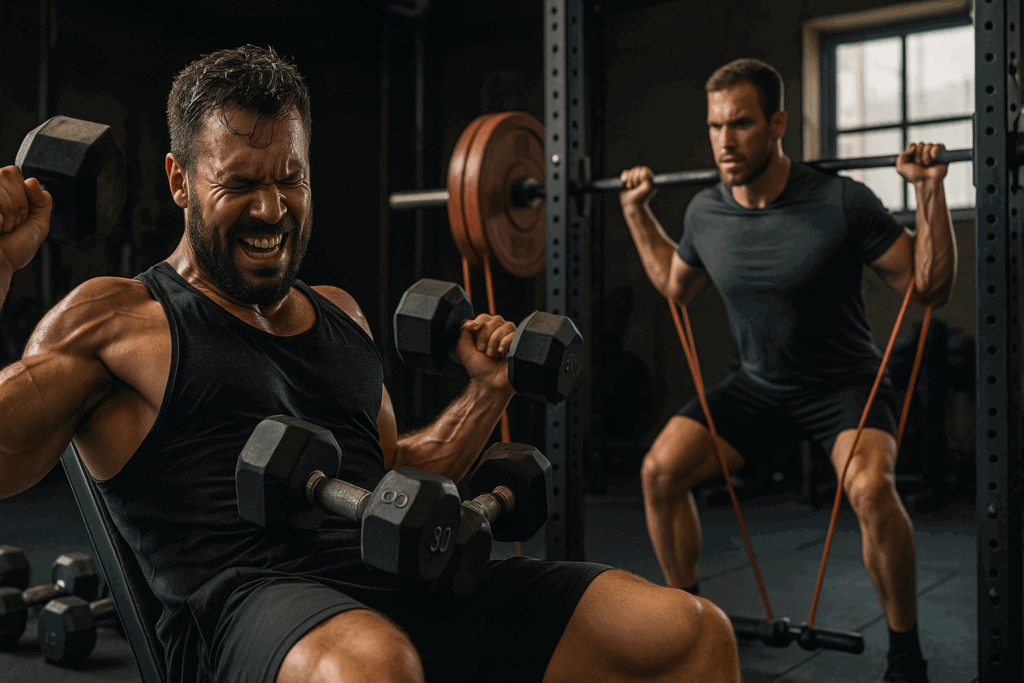
Advanced Training Techniques to Overcome Plateaus
Eventually, every lifter hits a plateau. When gains slow or stall, incorporating advanced training methods can reignite progress. One effective strategy is the use of supersets—performing two exercises back-to-back without rest, often targeting opposing muscle groups. This increases intensity, time under tension, and metabolic stress—all key drivers of hypertrophy.
Drop sets involve performing a set to failure, then immediately reducing the weight and continuing without rest. This technique pushes muscles beyond their normal fatigue threshold and is particularly effective for breaking stubborn growth barriers. Tempo training is another valuable tool. By slowing down the eccentric (lowering) portion of a lift, you increase muscle damage and control, both of which contribute to greater gains.
Accommodating resistance, such as chains or resistance bands, adds variable resistance through the range of motion, making the lift harder where you’re strongest and easier where you’re weakest. These tools are increasingly available in high-end weight lifting gyms that cater to advanced lifters. When used strategically, these methods can be the missing link in achieving breakthrough strength and size.
Why Coaching at Your Local Weight Lifting Gym Can Accelerate Gains
Hiring a coach or trainer might seem like a luxury, but it’s often a game-changer—especially if you’re serious about reaching your full potential. Coaches offer more than just workout plans. They assess movement patterns, detect imbalances, optimize form, and adjust programming based on real-time performance and feedback.
A coach also provides structure and accountability. With so much misinformation online, it’s easy to fall into ineffective routines. A qualified strength coach helps you avoid common pitfalls, such as overtraining, poor recovery, and improper technique. They guide you through plateaus, help refine your goals, and ensure that you’re progressing consistently.
Many weight lifting gyms offer different levels of coaching—from small group sessions to one-on-one personalized programs. Some also provide hybrid models with remote check-ins, nutritional support, and ongoing program adjustments. Investing in expert guidance early can prevent years of trial and error and set the stage for sustainable, injury-free success.
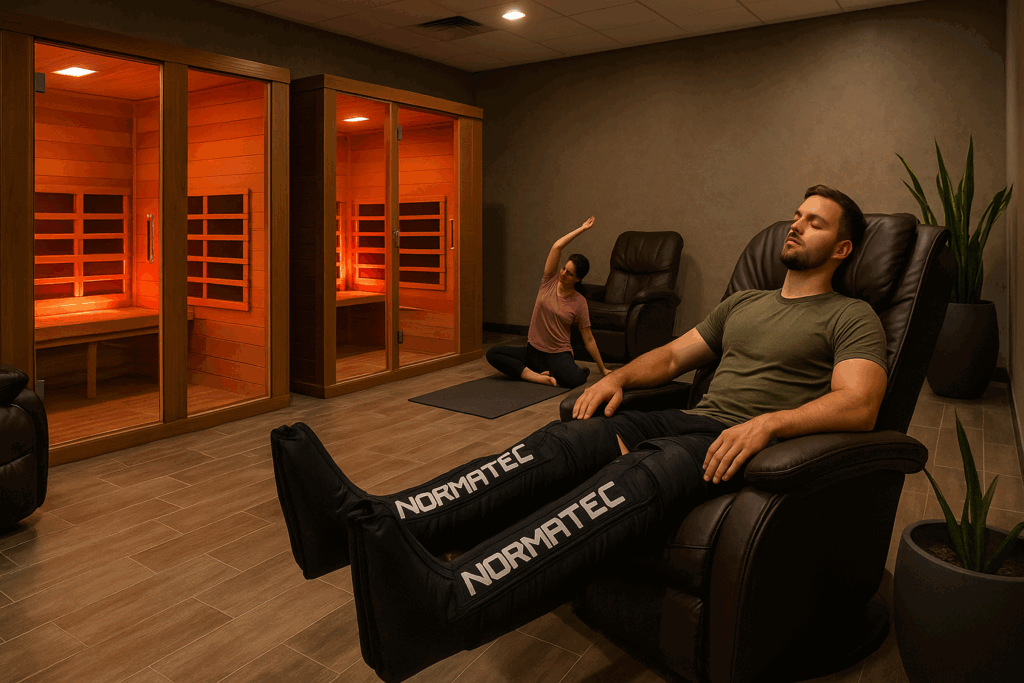
Recovery: The Forgotten Key to Long-Term Muscle Growth
It’s easy to focus on training volume and intensity, but recovery is where the real magic happens. Lifting causes microtears in muscle fibers. Recovery repairs those tears and builds the muscle back stronger. Without adequate recovery—both in terms of rest and nutrition—you risk overtraining, burnout, or injury.
Sleep is the most important recovery tool. During deep sleep, the body produces growth hormone, repairs tissues, and consolidates neuromuscular patterns learned during training. Aim for at least 7–9 hours of uninterrupted sleep per night. Also, take rest days seriously. Overtraining reduces performance and increases the risk of stress fractures, joint issues, and hormonal imbalances.
Many weight lifting gyms now offer recovery amenities like massage chairs, infrared saunas, guided stretching, and cold plunge tanks. Active recovery—such as light cardio, yoga, or mobility work—can also reduce muscle soreness and improve flexibility. The more serious you are about lifting, the more attention you should pay to recovery. It’s not laziness—it’s strategy.
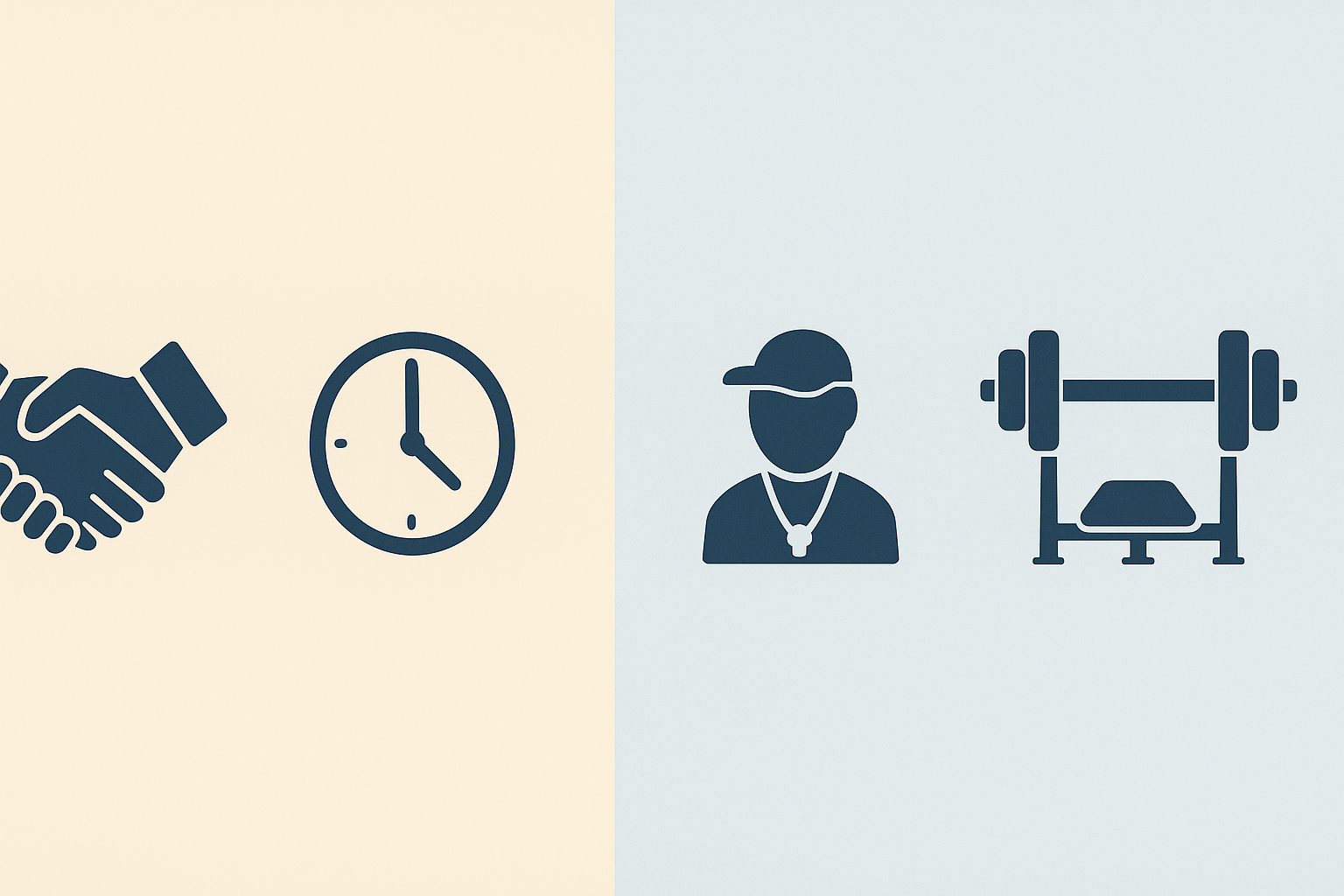
Frequently Asked Questions: Mastering Strength and Growth with Local Weight Training
How do I know if I’ve found the right weight lifting gym for my specific goals?
Finding the right weight lifting gym is about more than just available equipment—it’s about alignment with your personal fitness vision. Look for a gym that offers programming or staff guidance that matches your level of experience, whether that’s beginner, intermediate, or advanced. Some gyms cater specifically to powerlifters, Olympic lifters, or bodybuilders, while others are more general-purpose, making the atmosphere and focus vastly different. Consider asking for a trial week to test out the environment, observe the coaching staff, and see how well-maintained and well-organized the facility is. A good gym will support your goals through specialized equipment, qualified trainers, and a culture that motivates you to show up and push your limits consistently.
What are the hidden benefits of training at a weight lifting gym versus lifting at home?
While home gyms offer convenience, training at a dedicated weight lifting gym comes with several underappreciated advantages. First, the diversity of equipment allows for greater exercise variation and more targeted training, which is essential for breaking plateaus and improving symmetry. Second, being around other lifters can elevate your own effort and introduce you to new techniques or methodologies you may not have encountered. There’s also the social accountability factor—when others notice your progress, it can reinforce consistency and boost motivation. Lastly, many gyms offer workshops or clinics on mobility, nutrition, and recovery, providing education that home lifters often miss.
What mental health benefits can I expect from committing to weight lifting near me?
Engaging in a consistent weight lifting program can provide profound mental health benefits beyond just physical transformation. The structure and routine of lifting create a sense of discipline and predictability, which can reduce anxiety and improve sleep quality. Regular training has also been linked to higher levels of serotonin and dopamine, neurotransmitters that regulate mood and reward perception. Additionally, setting and achieving strength goals boosts self-confidence and resilience, both of which are crucial for mental well-being. When you train at a local gym that offers community support, the sense of belonging can also buffer against loneliness and emotional fatigue.
What should I ask a coach or trainer before hiring them at a weight lifting gym?
efore committing to a trainer, it’s essential to ask questions that clarify their credentials, coaching philosophy, and experience with clients like you. Start by inquiring about certifications—look for those accredited by reputable organizations such as NSCA, NASM, or ACSM. Ask if they have experience working with clients who have similar goals, such as building muscle, improving athletic performance, or recovering from injury. Discuss their approach to programming—do they use evidence-based methods, and are they willing to adapt to your individual biomechanics and preferences? Finally, ask about how they track progress and assess performance. A good coach will offer a structured yet flexible plan backed by measurable metrics and regular communication.
How can I make the most out of my first 30 days after joining a weight lifting gym?
The first 30 days at a new gym set the tone for long-term consistency, so it’s critical to create a foundation rooted in strategy, not guesswork. Begin by scheduling a fitness assessment, which many gyms offer for free. This helps tailor your program to your current strengths, weaknesses, and movement patterns. Focus on building confidence with compound lifts like squats, deadlifts, and presses, using light to moderate weight until your form becomes second nature. Take notes after each workout and reflect on how your body feels—this will help you recognize patterns and make intelligent adjustments. Lastly, introduce yourself to staff and fellow members; even brief connections can keep you accountable and engaged.
Exploring Weight Lifting Near Me: What role does gym culture play in long-term success?
When you search for weight lifting near me, you’re not just looking for proximity—you’re seeking a place that fosters growth, consistency, and community. Gym culture plays a crucial role in whether you stick with your goals or abandon them. A positive gym culture includes respectful interactions, staff that value safety and learning, and a non-judgmental environment where everyone—from beginners to seasoned lifters—feels welcome. This type of culture not only enhances your emotional connection to training but also makes it easier to ask for help, try new techniques, and push past mental barriers. A supportive culture often correlates with better attendance, deeper commitment, and more sustained progress.
How can I continue progressing once I’ve plateaued despite training at a good weight lifting gym?
Progress plateaus are a normal part of long-term lifting, but they’re not a dead end—they’re a sign that your body has adapted and needs a new challenge. To reignite progress, consider adjusting your training volume, intensity, or frequency. For example, adding an extra set per movement or manipulating tempo can increase muscular demand. Don’t overlook lifestyle factors like sleep quality, hydration, and protein intake, which can silently sabotage recovery and growth. Also, reevaluate your mental engagement—are you training with focus, or going through the motions? Many experienced lifters find success by switching training modalities temporarily, such as trying powerbuilding or strongman routines available at select weight lifting gyms.
How does the experience of weight lifting near me vary between boutique gyms and large commercial facilities?
When exploring weight lifting near me, it’s worth understanding the key differences between boutique gyms and larger commercial chains. Boutique gyms often provide a more personalized and community-driven experience, with niche programs and specialized coaching in areas like Olympic lifting or rehabilitation. These gyms tend to foster a tight-knit environment where members often know each other by name, which can enhance accountability. Larger commercial facilities, on the other hand, typically offer extended hours, more amenities, and a broader range of equipment, making them ideal for lifters who value flexibility and variety. Ultimately, the best fit depends on your individual preferences—do you prioritize community, customization, or convenience?
What new trends are shaping the future of the modern weight lifting gym?
The evolution of the weight lifting gym is rapidly moving toward hybrid models that combine traditional strength equipment with cutting-edge technology. Smart equipment now offers real-time feedback on form, range of motion, and power output, helping lifters refine their technique with data-driven precision. Virtual coaching platforms are being integrated into gym settings, allowing members to receive expert guidance without the constraints of location or time. Recovery zones—complete with cryotherapy, compression boots, and mobility assessments—are becoming standard features in many high-end gyms. Additionally, inclusive design is gaining traction, with facilities prioritizing accessibility and creating spaces that cater to individuals of all ages, body types, and experience levels.
How can I use the momentum of finding weight lifting near me to build a lifelong fitness habit?
Discovering the right weight lifting near me can serve as a powerful catalyst for building sustainable fitness habits—but only if you consciously nurture consistency, purpose, and identity. Begin by establishing a workout schedule that integrates naturally into your daily routine, making it easier to maintain over time. Focus on celebrating performance milestones rather than aesthetics alone; this shift in mindset builds intrinsic motivation. Try journaling your workouts to create a visible pattern of progress that reinforces your commitment. Surround yourself with mentors and peers who embody the lifestyle you aspire to—your environment plays a pivotal role in habit formation. Over time, your gym becomes more than a destination; it becomes a pillar of your identity and self-care.
Conclusion: Building Powerful Gains Through Strategic Weight Lifting Near Me
Pursuing muscle growth is more than a physical transformation—it’s a commitment to strength, discipline, and resilience. When done properly, lifting weights reshapes not just your body, but your identity and mindset. Finding the right weight lifting near me is about creating an ecosystem for success: a gym that aligns with your goals, a program rooted in science, and a lifestyle that supports recovery and growth.
Whether you’re training for performance, aesthetics, or general health, the principles remain the same: lift with purpose, eat with intention, recover with care, and surround yourself with the right environment. The most powerful gains are built not just with muscle, but with momentum. Choose your gym wisely, respect the process, and stay consistent. Strength is a journey—make it a rewarding one.
Further Reading:
The Ultimate Guide to Weight Lifting Gyms in DFW
Top 10 Best Weight Lifting Gym Near Denver, Colorado
Top 10 Best Weight Lifting Gym Near Washington, District of Columbia


